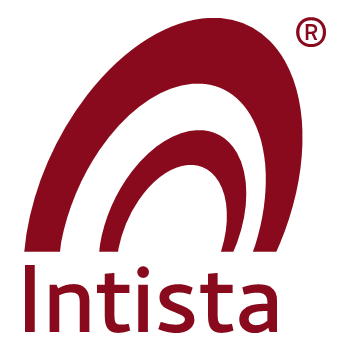M&A Announcement Communication Planning
Delivering relevant messaging to the different audiences after an acquisition
You’ve completed an acquisition, you have an integration plan ready to go, and Day One has arrived: you’re ready to tell the world about the deal and the bright new future. Let’s tell everyone, right?
Not so fast… not everyone wants to hear the same message. Different groups of people have different perspectives and different interests. You need to create a Communication Plan to tell different audiences what is relevant to them.
A basic integration communication plan should cover the following:
Who do you want or need to talk to?
We recommend considering the following groups
- Employees in the acquired business
- Employees in the acquiring business
- Customers of each business
- Business partners and suppliers of each business
- Shareholders/investors
- Media, including the local community media
The most important group to communicate to should always be the acquired employees: these are the reason you acquired the business. A large acquisition may acquire for the customer base, products, patents, market share etc., and a small or medium sized business is usually acquired for its future potential. In either case, success is dependent upon the expertise and knowledge of the employees.
Messaging
Create a summary of your messaging as a single sentence, for each group. This is the messaging that the author of the communication must stick to. The messaging must be relevant to the audience, for example local news media might have the following “Local business recognized through acquisition”
Interesting…
Assign an “interest level” that you expect each audience to have towards your communication. Doing this helps you focus upon what’s important, but still not ignore the less important.
The message is derived by taking into consideration the following:
- The relevance of the message to the target audience
- The importance of the message to the target audience
- The importance to you that this audience get the message
Intista recommends assigning a number between 0 and 10 to the level of interest, where the most important audience is assigned 10 and those with no interest get 0. We need not spend any time communicating to a group that is assigned zero level of interest.
Be Consistent
Being acquired is a highly sensitive time. Acquired staff are always looking for a deeper meaning in what they hear. They may be wary, even suspicious about being acquired. Consequently nuances are examined for a deeper meaning.
Make sure that the whole plan is consistent with itself. Any differences between messages to different audiences, or messaging to a different office location will be scrutinized and discussed, for example “I saw in the local paper that… which isn’t the same as what I heard at the announcement. What do you think is going on?” There are many genuine reasons that this could happen, so do not contribute to the problem by having inconsistent communications.
Getting the job done
Here’s a list of things to be considered before you’re ready to start communicating
Media type/strategy
How are you going to communicate? Besides the obvious press releases, you need to consider CEO briefing, intranet articles, conference calls, emails, town hall meetings, lunch meetings, welcome letter and different social media outlets.
Task assignments
People selected to work on communicating have a sensitive assignment. They must understand the level of confidentiality and the consequences of a breech. They must know when and how to create the specific content, meeting the time-sensitive deadline and faithfully adhering to the message for the intended audience. They must report back for review, and approval before delivery.
Timing
Communications about the acquisition should go out at the same time through all channels. In the real world there may be too many channels to manage at the same time. Hence you should set priorities. This should be straightforward decision making: press release before Facebook? Staff face-to-face announcement before a letter to the customers? Probably, yes to both.
Consider giving key partners and customers advance warning about an acquisition, on the understanding that it is confidential information.
Task coordination
As the list suggests, there are a number of activities happening in parallel. Often times it is short as the deal is about to be announced, and the circle of those who confidentially know about it is growing. You need a manager of the communication project: someone who can assign tasks, chase down incomplete work and get signoff when time is tight.
Iterate
Don’t expect to get everything right first time!
There are a number of people creating different content for different audiences. It is really important that somebody checks the work and adjusts it.
Expect to iterate to the finished release package.
Invest in a communications specialist
Does all the above sound complicated? To many, it is. Intista suggests that you invest in a communications expert to help you develop the messaging for the different audiences, write much of the customized versions, and proof-read all of it. When the business doing the acquiring is of a modest size you don’t often have this expertise in-house. It is a strong recommendation to hire a communications consultant who creates content for integrations and similarly large transformations or change events. If there are a few locations to communicate to at the same time, it is even more important to bring in external help.
Communication is a major contributor to success and to failure in M&A integrations. Be sure to give your integration program the best start it can get by planning your communications well.
Learn about acquisition announcement and the communication needed during the business integration
Intista offers the training course: Communication During Integrations

